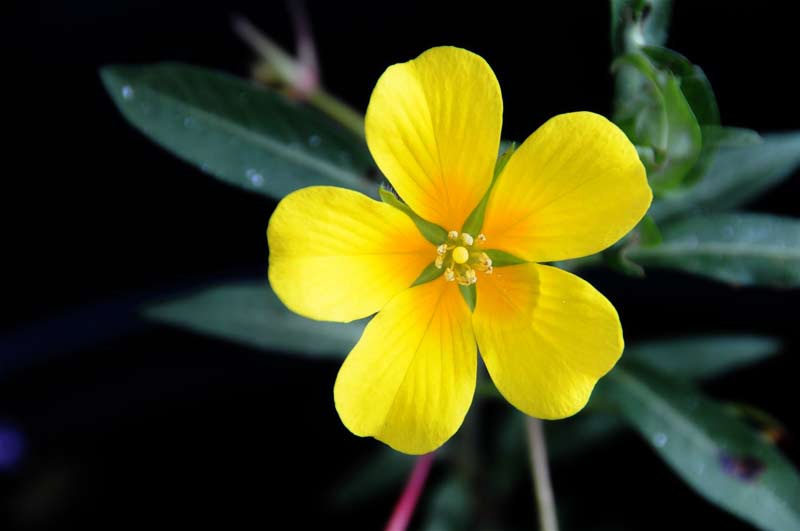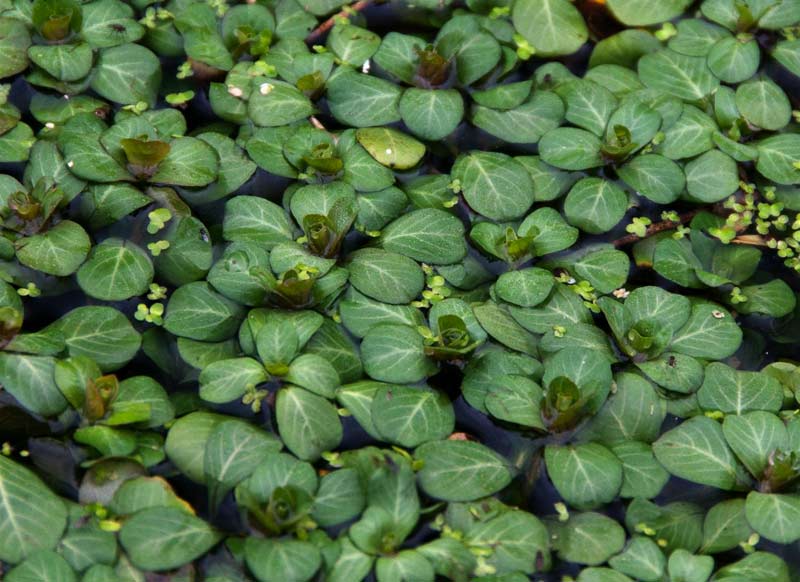Karen Harper, LISI Manager

Water Primrose © Trevor-Renals
With this year’s growing season starting earlier than normal, we all need to be aware of the possible invasive non-native species that might be popping up in our reserves, parks and open spaces. Over the past couple of years, our attention has turned to a relatively new arrival in Great Britain and in London. Meet water primrose (Ludwigia grandiflora) an aquatic invasive non-native species originally from South America. It is able to grow prolifically within water bodies, out-competing native species and reducing species richness.
How to identify water primrose?
Water primrose is best identified by its distinctive flower which is approximately 3cm across, bright yellow and has five petals. It lives semi-submerged in still or slow-flowing water, with emergent vegetation appearing late in the growing season. Unfortunately, the leaves are highly variable and can be long and slender or round and egg shaped. A species information sheet has been created by the Great Britain Non-Native Species Secretariat and be can downloaded from their website.

How do you manage water primrose?
Currently, there are only two known populations of water primrose within the Greater London area, so there are only a few people who can help you if it arrives on one of your sites. The first thing to do is to report it to LISI, including pictures, so that we can help confirm your sighting. We work closely with the Environment Agency, the national lead on tackling water primrose, so can help connect you with those that can help.
What to do next:
Get to know what water primrose looks like and report any sightings to LISI and GiGL using the online form at www.londonisi.org.uk or email enquiries@londonisi.org.uk. If you have any habitat that is at high risk of water primrose it would be worth setting a time each month to inspect for this and other invasive non-native species. Early detection and action can significantly cut the cost of its removal.
Karen Harper has dealt with Ludwigia extensively while working on invasive non-native species in Australia where it has become established along the east coast of the country. Karen says “It is a relief that we have caught it in the early stages of establishment in Great Britain. Although it is a different species, it is Ludwigia longifolia that is invading Australia, it is good to see the coordinated Britain-wide effort to eradicate Ludwigia before it becomes established here”.
